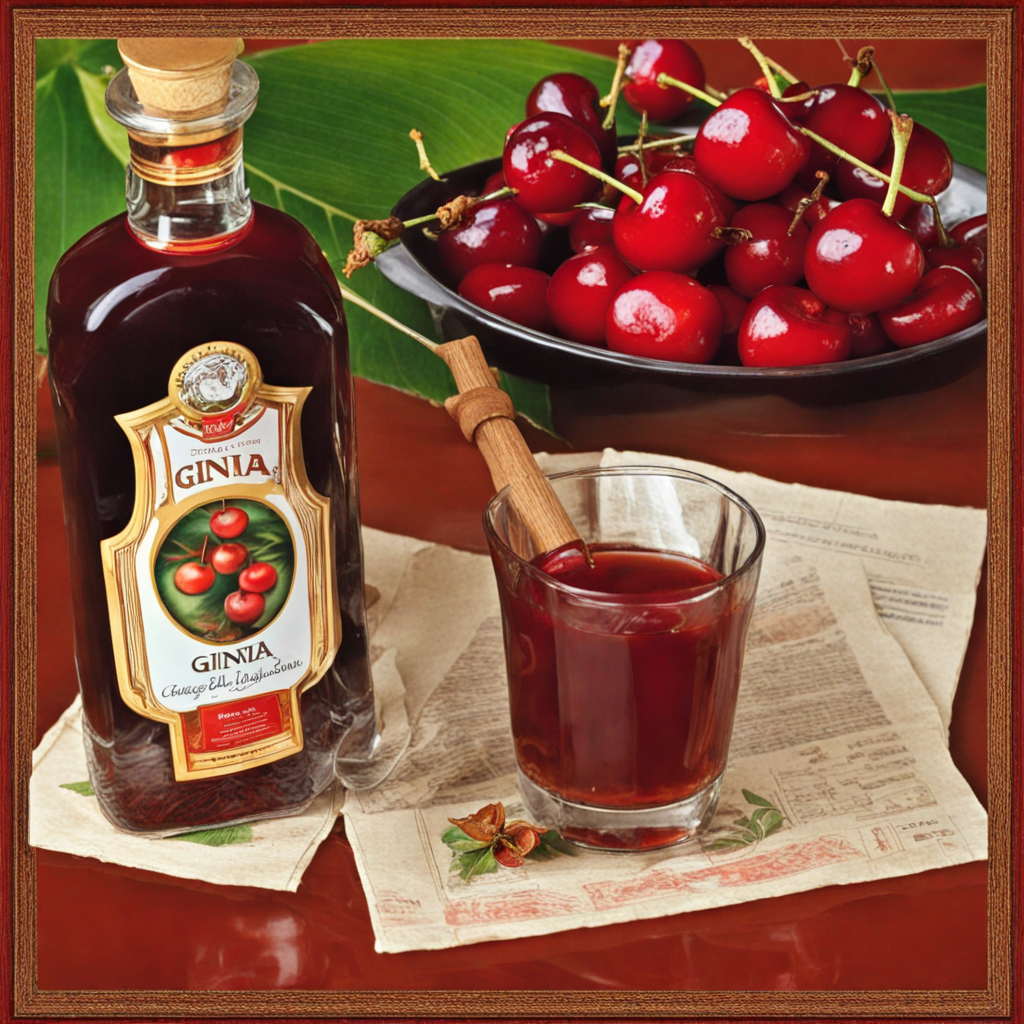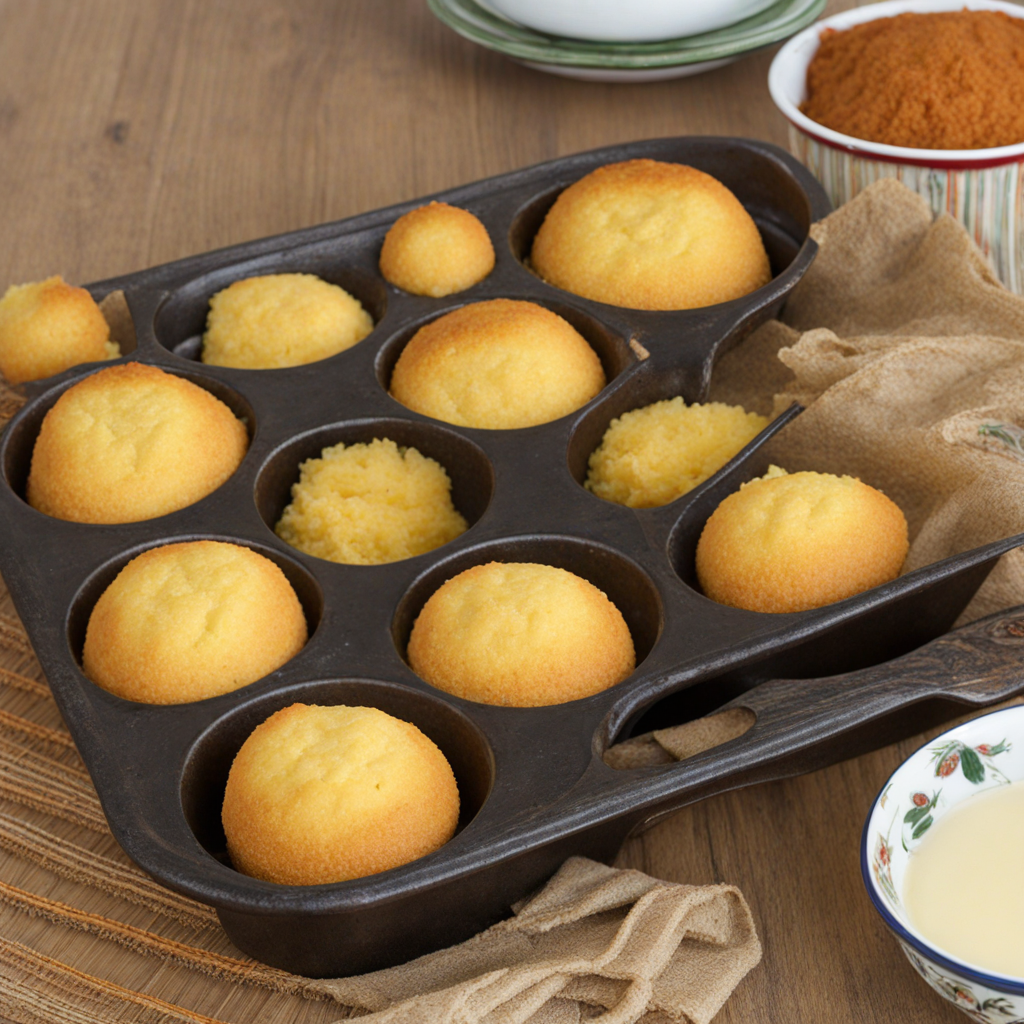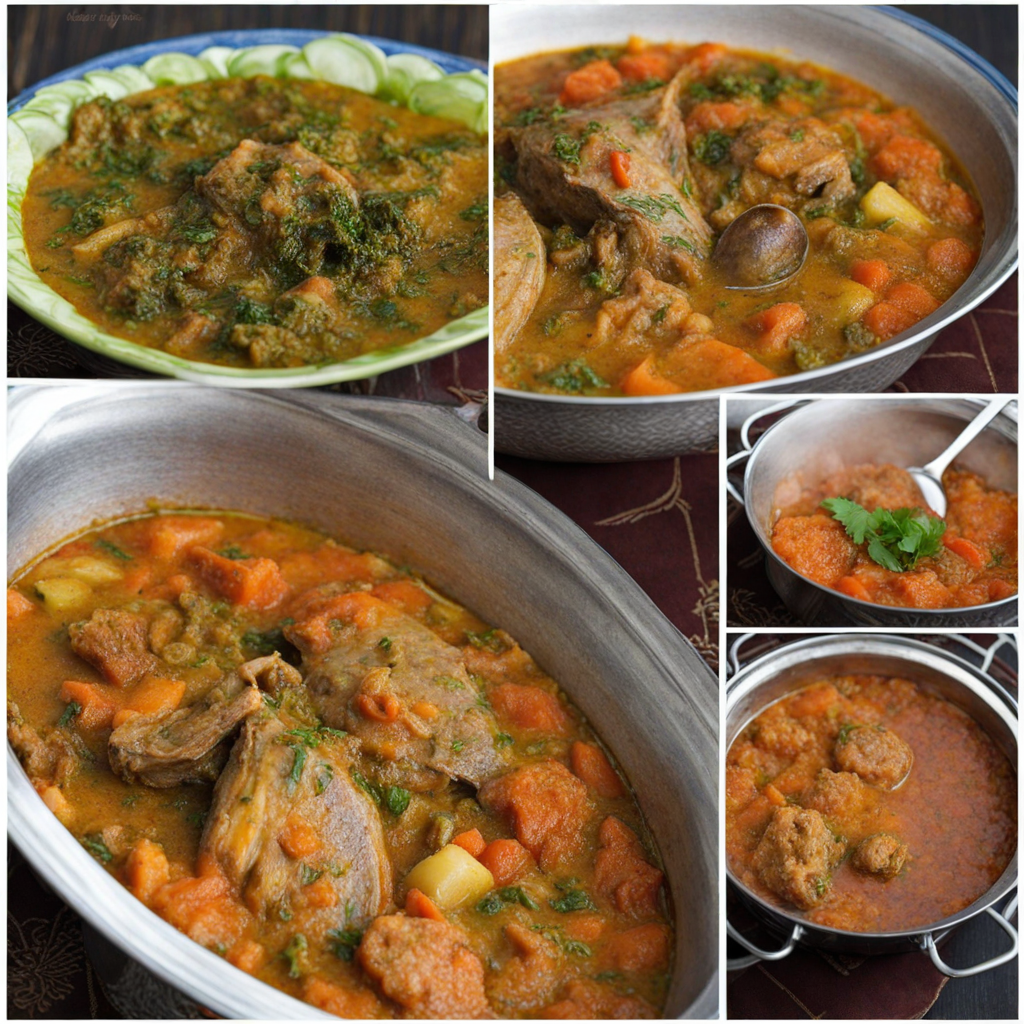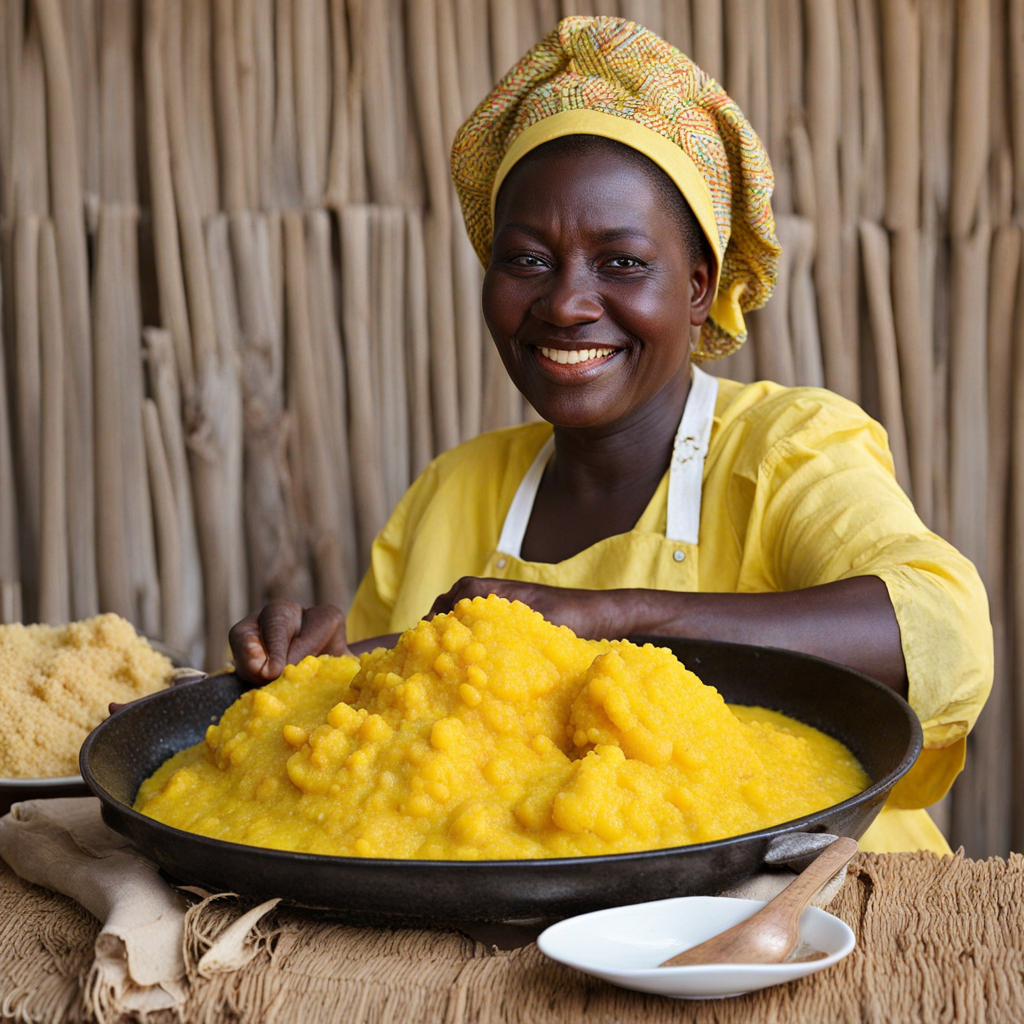Doce de Ginja
Doce de Ginja is a delightful Angolan treat that brings the sweet and tangy essence of the ginja cherry to the forefront of its flavor profile. This traditional dessert is crafted by infusing ginja cherries—small, dark red fruits known for their tartness—with sugar and often a touch of alcohol, typically aguardente or a similar spirit. The result is a luscious, syrupy concoction that not only captures the vibrant taste of the cherries but also enhances it with a warming depth from the spirit, creating a unique balance of sweetness and acidity that dances on the palate. The preparation of Doce de Ginja often involves macerating the cherries with sugar, allowing the juices to release and meld with the sugar over time. This process not only preserves the cherries but also intensifies their flavor, making the final product a rich, velvety sauce or topping that can be enjoyed in various ways. Whether drizzled over desserts like ice cream and cakes or served alongside cheeses and charcuterie, Doce de Ginja adds a bold, fruity kick that elevates any dish it accompanies. Beyond its rich flavor, Doce de Ginja also carries cultural significance in Angola, often enjoyed during celebrations and gatherings. It is a testament to the country's culinary heritage, showcasing the use of local ingredients and traditional methods. Each spoonful is not just a taste, but a glimpse into the vibrant Angolan culture, making Doce de Ginja a must-try for anyone eager to explore new and exciting flavors.
How It Became This Dish
Doce de Ginja: A Sweet Legacy from Angola Doce de Ginja, a delectable cherry liqueur originating from Angola, is a culinary treasure that intertwines history, culture, and the vibrancy of Angolan society. This traditional sweet treat is not just a dessert; it is a symbol of celebration, community, and the rich tapestry of Angolan heritage. Origins of Doce de Ginja The roots of Doce de Ginja can be traced back to the early 19th century, a time when Angola was under Portuguese colonial rule. The Portuguese brought with them a wealth of culinary traditions, including the practice of liqueur-making, which often involved infusing fruits with alcohol to create sweet beverages. One of the fruits that captivated the Angolan palate was the ginja cherry, known for its rich flavor and bright red hue. Ginja, or ginjinha, is a type of sour cherry that thrives in the temperate regions of Portugal, particularly in the Alcobaça region. The Portuguese settlers introduced this fruit to Angola, where it found a new home in the fertile soils and vibrant markets of Luanda, the capital. The local climate proved conducive to cherry cultivation, allowing Angolans to adopt and adapt the Portuguese tradition of liqueur-making. The original recipe for Doce de Ginja involves macerating cherries in aguardente (a potent Portuguese spirit) along with sugar and various spices. Over time, Angolan families began to personalize the recipe, incorporating local ingredients and infusing their own cultural nuances into the process. This adaptation led to the creation of a uniquely Angolan version of the drink, characterized by its sweetness and depth of flavor. Cultural Significance Doce de Ginja is more than just a liqueur; it is an integral part of Angolan culture. It is often served during festive occasions, family gatherings, and celebrations, such as weddings, birthdays, and religious ceremonies. The act of preparing Doce de Ginja has become a cherished tradition among families, passed down through generations. Each family may have their own secret recipe or method of preparation, which fosters a sense of identity and belonging. In Angola, sharing food and drink is a vital aspect of social interaction, and Doce de Ginja plays a central role in these communal experiences. It is not uncommon for hosts to offer a glass of this sweet liqueur to guests as a gesture of hospitality. The act of clinking glasses and exchanging pleasantries while savoring Doce de Ginja embodies the spirit of camaraderie and warmth that defines Angolan hospitality. Moreover, the liqueur has found its way into various aspects of Angolan life, from street vendors selling homemade versions at local markets to upscale restaurants featuring it as a dessert option. This versatility has allowed Doce de Ginja to bridge the gap between traditional and modern culinary practices, making it a beloved staple in both urban and rural settings. Development Over Time As Angola underwent significant political and social changes throughout the 20th century, the production and consumption of Doce de Ginja evolved alongside the nation. The struggle for independence from Portuguese rule in the 1970s brought about a resurgence of national pride, and traditional foods like Doce de Ginja became symbols of cultural resilience. During this period, Angolans began to embrace their culinary heritage more fervently, reclaiming and celebrating recipes that had been influenced by colonial practices. Doce de Ginja, with its distinctively Angolan twist, came to represent not only a connection to the past but also a hopeful vision for the future. As the country rebuilt itself in the post-independence era, local producers began to market Doce de Ginja more widely, contributing to its popularity both domestically and abroad. The globalization of food culture in the late 20th and early 21st centuries also played a significant role in the evolution of Doce de Ginja. As Angolan diaspora communities emerged in various parts of the world, they carried with them their culinary traditions, including the cherished liqueur. This migration of culture led to a growing interest in Angolan cuisine and beverages internationally. Doce de Ginja began to appear in specialty shops and restaurants outside Angola, allowing a broader audience to experience its rich flavors. In recent years, the craft beverage movement has further influenced the production of Doce de Ginja. Artisanal distilleries and small-scale producers have emerged, focusing on high-quality ingredients and traditional methods of preparation. These producers have started to experiment with variations of the liqueur, introducing new flavors and innovative techniques while still honoring the original recipe. The rise of social media has also played a role in promoting Doce de Ginja, with food bloggers and influencers showcasing it as an essential part of Angolan gastronomy. Conclusion Today, Doce de Ginja stands as a testament to Angola’s rich culinary heritage. It is a sweet reminder of the country’s historical connections to Portuguese liqueur-making, as well as a symbol of resilience and identity in the face of change. The liqueur continues to thrive as a beloved tradition, transcending generations and geographical boundaries. As Angolans and enthusiasts around the world savor the sweet, tangy flavor of Doce de Ginja, they participate in a shared narrative that celebrates community, culture, and the simple joys of life. This liqueur is not merely a drink; it is a story—of history, adaptation, and the enduring spirit of a nation. For those who indulge in a glass of Doce de Ginja, each sip is a connection to the past and a toast to the future, inviting all to partake in the vibrant legacy of Angolan cuisine.
You may like
Discover local flavors from Angola







